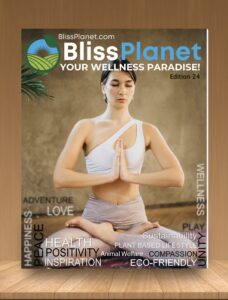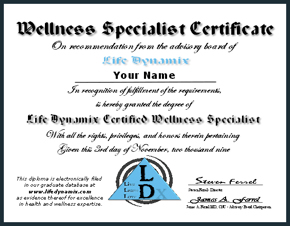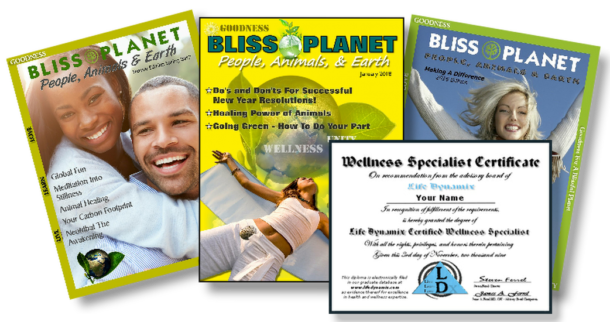In our fast-paced world, it’s easy to get caught up in the chaos. We rush from one task to the next, juggling work, personal commitments, and the endless distractions that technology brings. In the midst of all this, it’s easy to forget one of the most important things we can do for ourselves: be present. This is where mindfulness comes in—a powerful practice that allows us to slow down and truly experience the world around us.
What is Mindfulness?
Mindfulness is the practice of paying attention to the present moment, without judgment. It’s about observing what’s happening within and around you right now, instead of being lost in thoughts about the past or future. It involves being fully aware of your senses, thoughts, feelings, and the environment, all without reacting or overthinking.
While mindfulness is often associated with meditation, it can be practiced anytime, anywhere. It’s not about emptying the mind or escaping the world, but about fully engaging with it in a way that brings clarity, calm, and contentment.
The Benefits of Mindfulness
Practicing mindfulness can have profound effects on both your mental and physical health. Some of the well-known benefits include:
Reduced Stress: By focusing on the present moment, mindfulness helps lower stress and anxiety levels. It encourages us to let go of worries about the future or regrets from the past.
Improved Mental Clarity: Regular mindfulness practice helps clear mental clutter, improving focus, decision-making, and productivity.
Enhanced Emotional Well-being: Mindfulness fosters greater emotional awareness, helping us to understand and manage our emotions in a healthier way.
Better Relationships: By being more present with others, mindfulness can lead to deeper, more meaningful connections with the people around us.
Increased Compassion: As we become more aware of our thoughts and feelings, we also develop greater empathy and compassion for others.
How to Practice Mindfulness in Everyday Life
The beauty of mindfulness is that it doesn’t require a special place or extended periods of time. You can practice mindfulness in your everyday activities. Here are some simple ways to start:
1. Mindful Breathing
One of the easiest ways to ground yourself in the present moment is by focusing on your breath. Take a few moments throughout the day to close your eyes and pay attention to your breathing. Inhale deeply, hold for a moment, then exhale slowly. This simple act of awareness can instantly calm your mind and bring you back to the present.
2. Mindful Eating
How often do we eat while distracted—scrolling through our phones, watching TV, or thinking about something else? Mindful eating encourages us to slow down and pay attention to the colors, textures, and flavors of our food. Take smaller bites, chew slowly, and truly savor the meal. This practice not only enhances the enjoyment of food, but it can also help with digestion and prevent overeating.
3. Mindful Walking
Walking is a great way to practice mindfulness. Whether you’re strolling through a park or simply walking to the store, take a few moments to notice the sensation of your feet on the ground, the rhythm of your steps, and the sounds of your surroundings. This can be a grounding exercise that helps you reconnect with your body and the world around you.
4. Mindful Listening
In conversations, we often find ourselves thinking about what we’ll say next instead of truly listening to the other person. Mindful listening involves fully focusing on the speaker, without interruptions or distractions. Pay attention to the tone, body language, and emotions behind the words. This can strengthen your relationships and help you understand others more deeply.
5. Mindful Work
At work, we are often juggling multiple tasks, emails, and meetings. Mindfulness at work involves focusing on one task at a time, giving it your full attention, and minimizing distractions. When you find your mind wandering, gently bring it back to the task at hand. This not only increases productivity but also reduces stress and feelings of overwhelm.
6. Mindful Reflection
At the end of the day, take a moment to reflect on your experiences. What moments made you feel grateful? What challenges did you face? Mindful reflection encourages you to process your emotions and thoughts without judgment, fostering a sense of closure and gratitude.
Overcoming Obstacles in Mindfulness Practice
While mindfulness sounds simple, it can be challenging to practice, especially when we’re constantly distracted. Here are some common obstacles people face and ways to overcome them:
Busy Mind: It’s normal for your mind to wander, especially when you’re starting out. Instead of feeling frustrated, gently bring your focus back to the present moment without judgment.
Impatience: Mindfulness is a skill that takes time to develop. Be patient with yourself and start small—just a few minutes of mindfulness each day can make a difference.
Resistance to Change: It’s natural to resist slowing down in a fast-paced world. Start by integrating mindfulness into small, daily tasks, and gradually it will become a part of your routine.
Making Mindfulness a Habit
The key to making mindfulness a lasting habit is consistency. Start with small, manageable practices, and build from there. You might try incorporating a mindfulness practice into your morning routine, during lunch, or right before bed. Over time, these moments of mindfulness will become second nature, and you’ll begin to notice the benefits in all areas of your life.
Final Thoughts
Mindfulness is a powerful tool for navigating the challenges of modern life. By practicing mindfulness in everyday activities, we can bring ourselves back to the present moment, reduce stress, and enhance our emotional well-being. Whether it’s through mindful breathing, eating, or simply taking a walk, mindfulness helps us slow down, appreciate the beauty around us, and cultivate a deeper connection to ourselves and others.
If you’re new to mindfulness, be gentle with yourself and take it one step at a time. With practice, you’ll start to notice the profound impact it has on your life. 🌿💫





I think that so many of us would live much better lives if we would only get into the habit of being more mindful. We often get lost into the daily things, into what we need to get done and we forget to just stop and smell the roses as they say. Being present and enjoying each day is a reward on its own. Those that have goals and work to get to them but also remember to actually live in moment, those are the people who live a better life.
When you cultivate mindfulness, you unlock a treasure chest of mental peace that enhances your everyday experiences. It’s like giving your mind a mini-vacation from stress and worry, allowing you to breathe deeply and relish the beauty around you. Try taking a mindful walk in nature—notice the vibrant colors, feel the breeze on your skin, and listen to the gentle rustle of leaves. Each moment becomes a chance to reconnect with yourself and the world, turning mundane activities into joyful rituals that nourish your spirit. So, why not sprinkle a little mindfulness magic into your day? You might just find that serenity is closer than you think!
Embracing mindfulness isn’t just about quieting the mind; it’s an invitation to dance with the present moment. Picture sipping your morning coffee, feeling the warmth of the cup in your hands, and savoring each sip as if it were a delightful secret shared just between you and your senses. This simple act can transform your routine into a sanctuary of calm, reminding you that peace is often found in the little things.